Nearly two months after the historic flood, life has returned to normal. For farmers in Phu Binh district, focusing on planting the new crop is the top priority. “Not letting the land rest”, the fields and gardens that were once submerged in water are now green again. People in the affected areas are rushing to start the new crop.
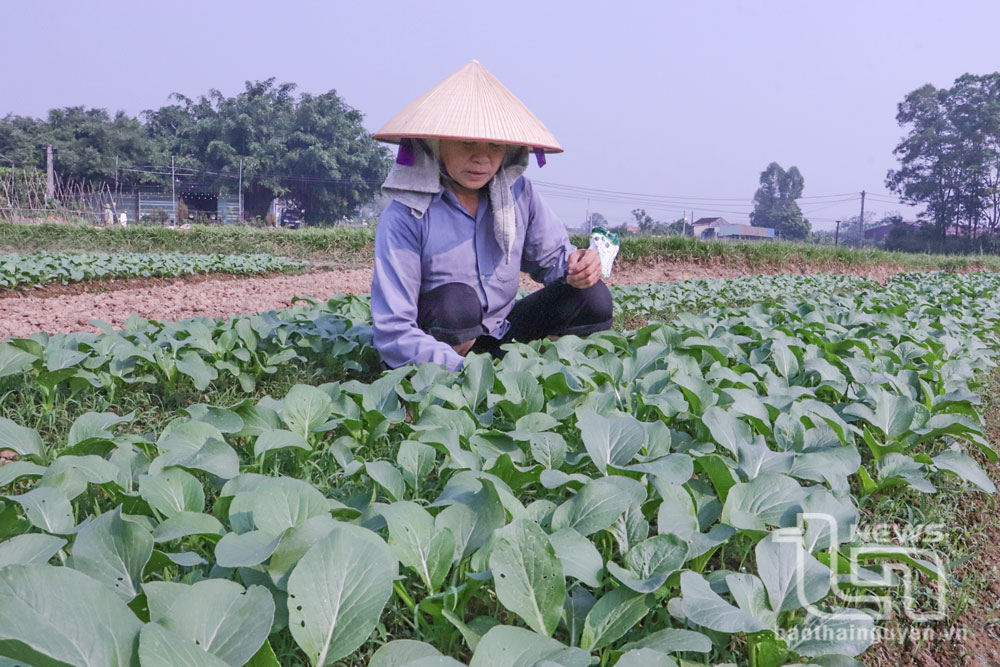 |
| The sweet cabbage field of Ms. Hoang Thi Tien's family in Nang hamlet, Nha Long commune (Phu Binh) was planted right after the flood and has begun to yield harvest. |
In the dry sunshine, we arrived at Nang hamlet, Nha Long commune - a locality with a tradition of growing vegetables in Phu Binh district. In the fields, people were busy producing, some were tilling the soil, some were sowing seeds, some were weeding...
Ms. Hoang Thi Tien, a resident of the village: During the recent flood, my family had 4 sao of winter vegetables that had been planted but were all damaged. As soon as the water receded from the vegetable beds, I plowed the soil and sowed mustard greens. Up to now, all 4 sao have been planted with vegetable seeds and commercial vegetables. Of which, the beds of sweet mustard greens and mugwort have been harvested.
Ms. Nguyen Thi Hiep, Director of Binh Minh Cooperative, Nha Long Commune, said: The Cooperative has nearly 4 hectares of vegetables produced according to VietGAP standards that were flooded, the remaining area was also destroyed. After the flood, the weather conditions were favorable, the weather was sunny and dry, the soil dried quickly, so the members of the Cooperative urgently planted seasonal vegetables. We prioritize planting short-term vegetables, focusing on leafy vegetables (various types of cabbage, Malabar spinach, amaranth), with an area of about 3 hectares, to meet the needs of consumers.
Currently, the first batches of vegetables after the flood have been sold and are very expensive (for example, cabbage costs from 15-28 thousand VND/kg). In order for the vegetables to grow well, households have spread lime and disinfected the soil before planting the new crop. There are few pests and diseases so the vegetables are very beautiful. Along with short-term vegetables, the winter vegetable seed area (including cabbage, kohlrabi, cauliflower...) is also planted and growing well.
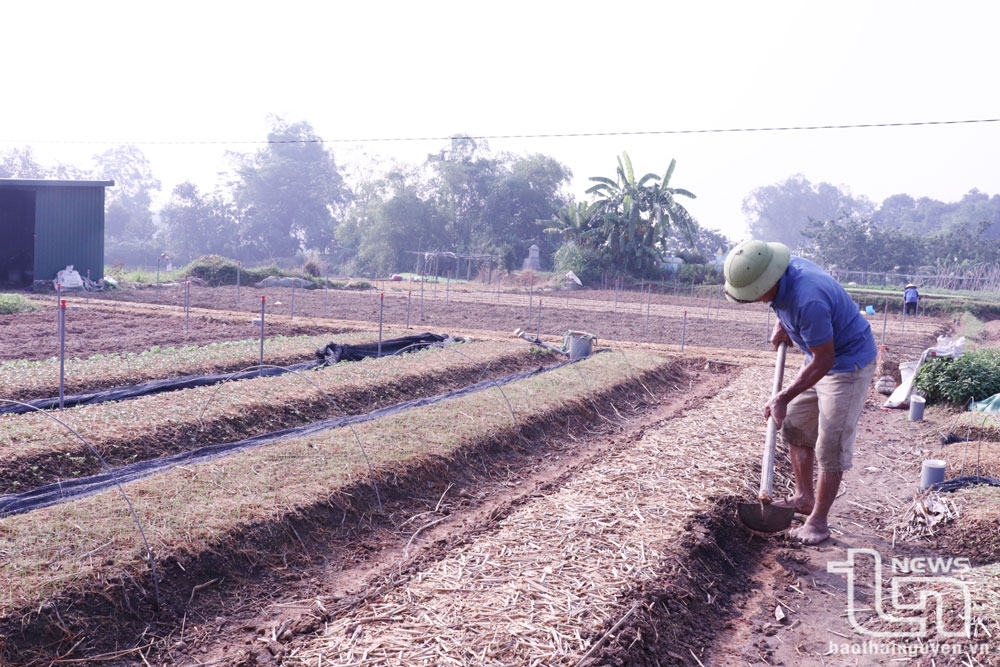 |
| Almost all vegetable growing areas of Phu Binh have been planted. |
In Nga My commune, the locality most affected by floods in Phu Binh district, the vegetable fields that were deeply flooded have now turned green again. After stopping to weed her corn field, Ms. Nguyen Thi Thum, in Diem hamlet, Nga My commune, said: Since the flood water had not yet receded, I soaked corn seeds and made corn pots, to both speed up the production process and take advantage of the moist soil for the plants to grow. With this method, up to now, both 2 sao of damaged fields due to floods have been replaced with sweet corn, waxy corn and regular corn. The corn plants have grown 6-7 leaves and are growing well.
Not only Mrs. Thu's family, farmers in Nga My commune started production right after the flood receded.
Ms. Nguyen Thi Chien, Head of Dinh Hamlet, Nga My Commune: This is a locality located near the Cau River, with a large area of soi land. After the water recedes for about 5 days, in the area of soi fields, wherever the land is dry, people plant crops right there and take advantage of all land funds to plant suitable plants. For example, low and wetter land areas that cannot grow corn are switched to growing squash.
It can be seen that although the floods caused damage to agricultural production, with an optimistic spirit and enthusiastic work, the people of Phu Binh district are rushing into the new production season; choosing crops, arranging suitable seed structures and making full use of the land fund's potential. The fields that were once deeply flooded are now covered with green corn and vegetables, bringing with them the hope of a successful production season.
Source: https://baothainguyen.vn/kinh-te/nong-nghiep/202411/khong-cho-dat-nghi-959197d/

















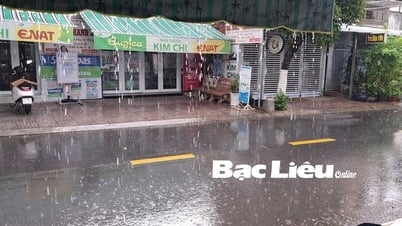


























































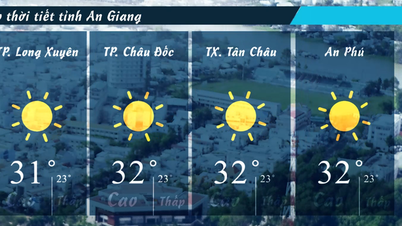



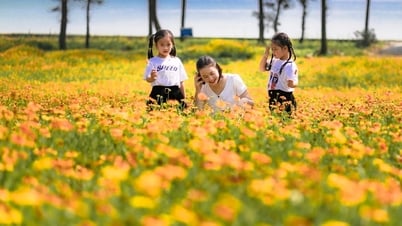

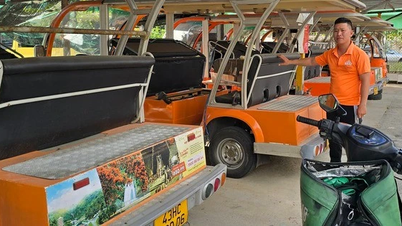



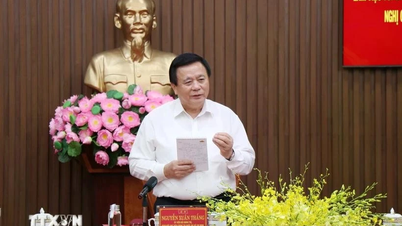







![[OCOP REVIEW] Tu Duyen Syrup - The essence of herbs from the mountains and forests of Nhu Thanh](https://vphoto.vietnam.vn/thumb/402x226/vietnam/resource/IMAGE/2025/6/5/58ca32fce4ec44039e444fbfae7e75ec)



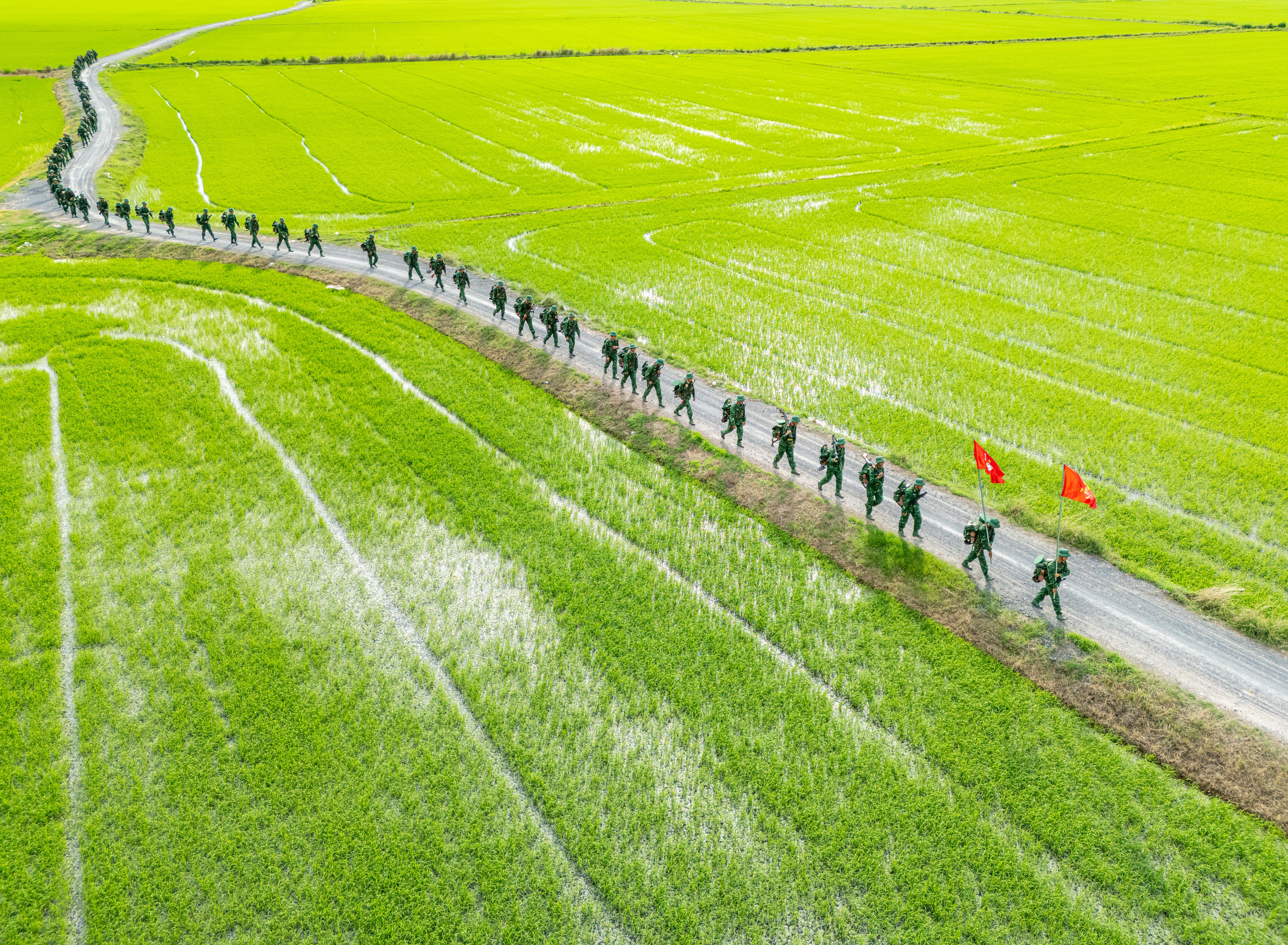

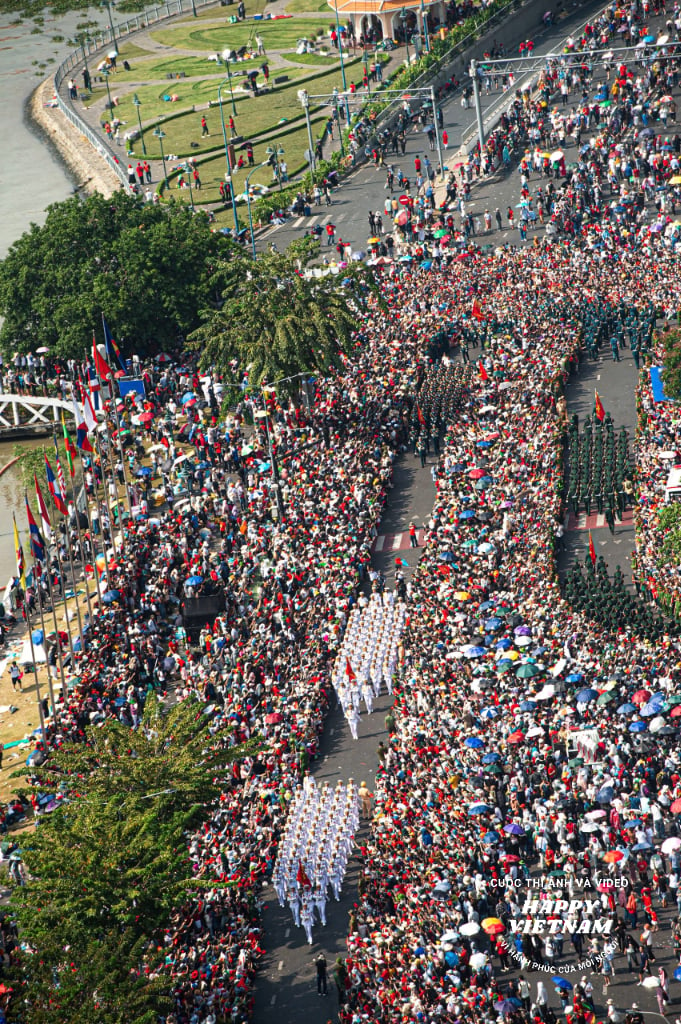

Comment (0)